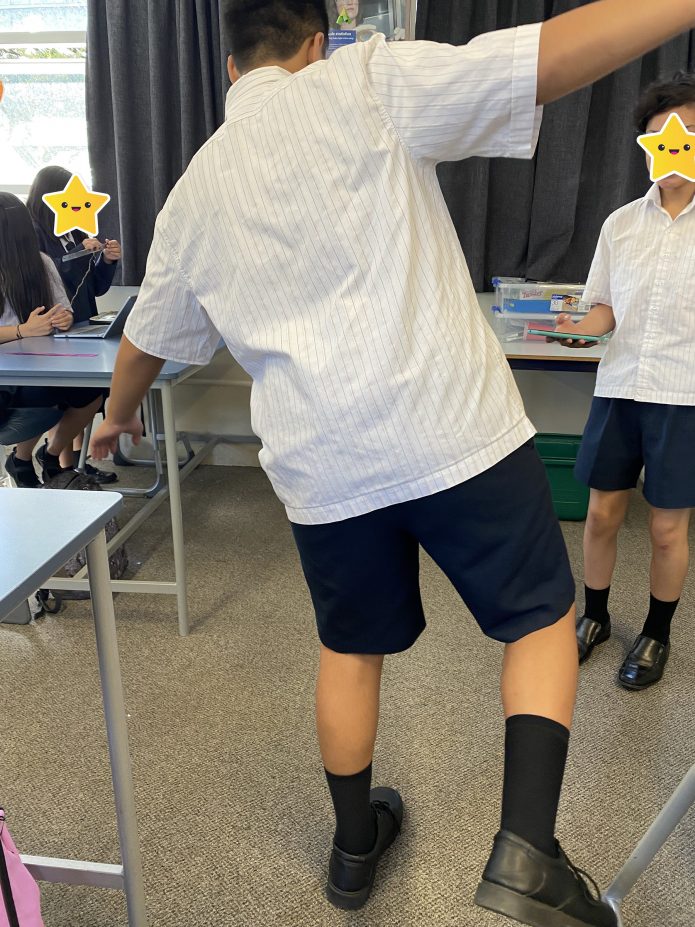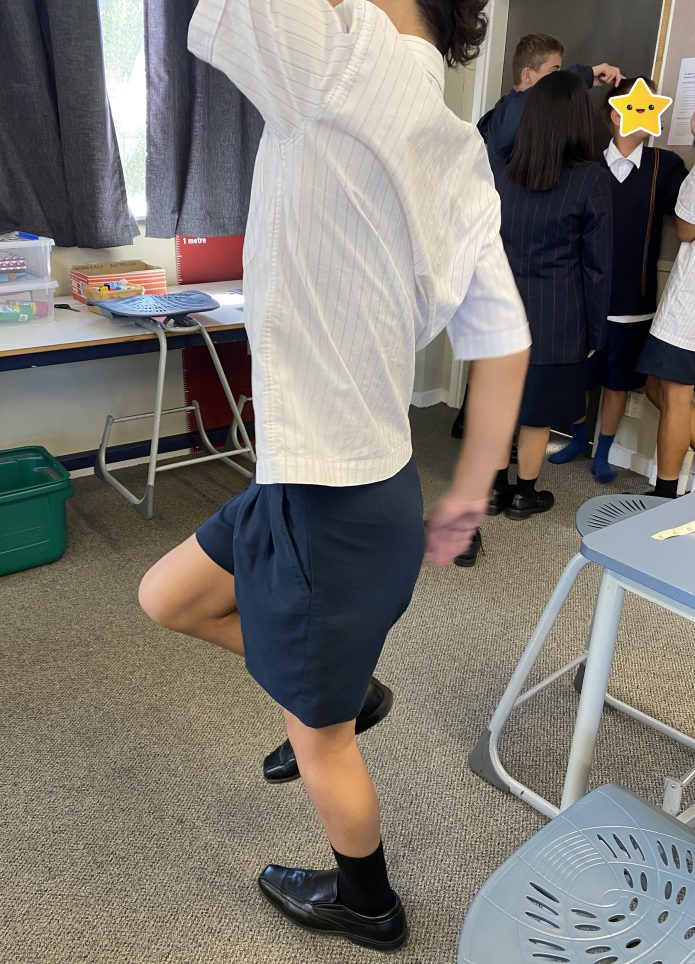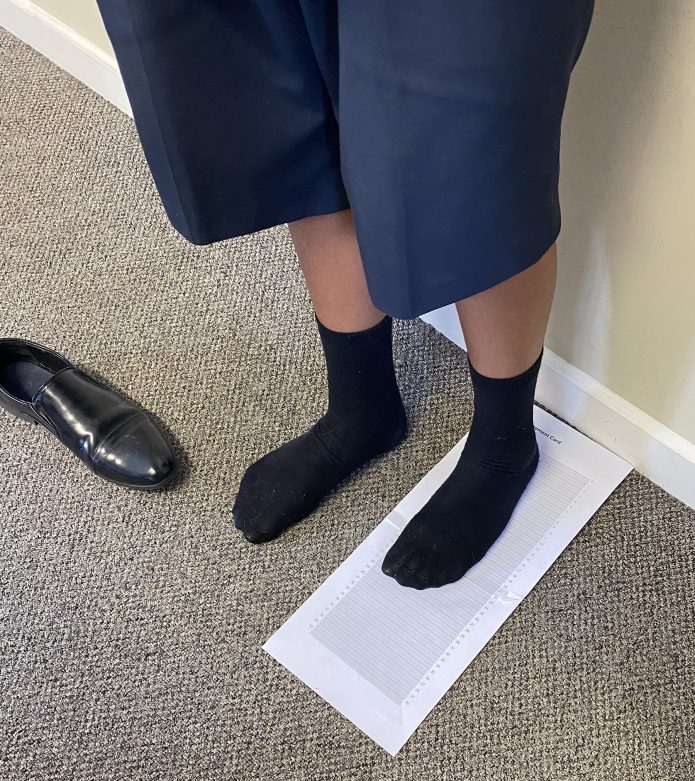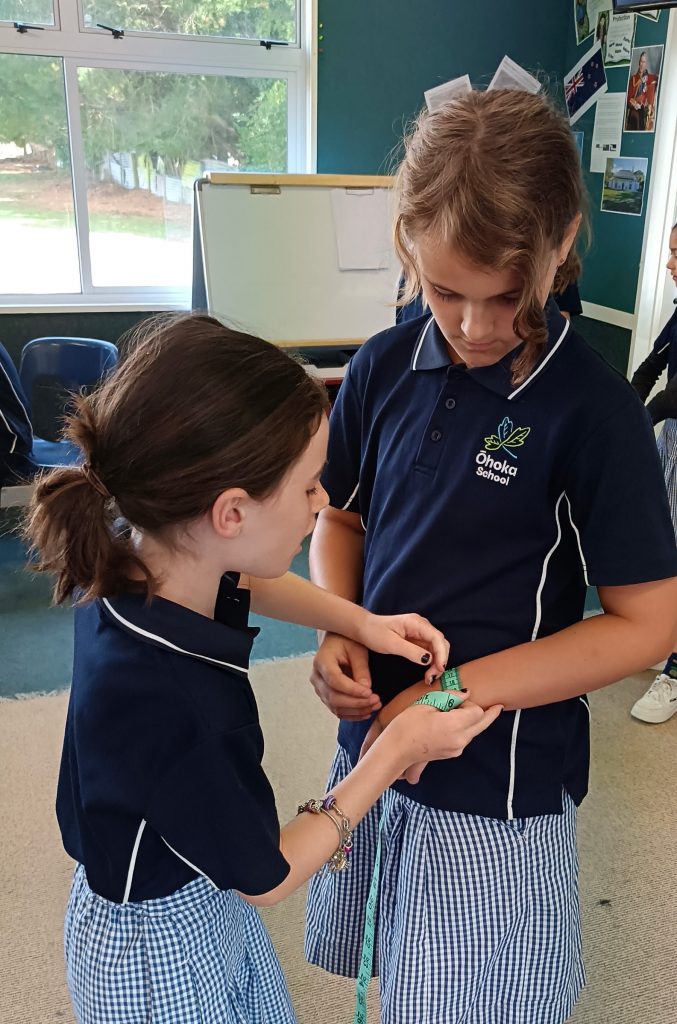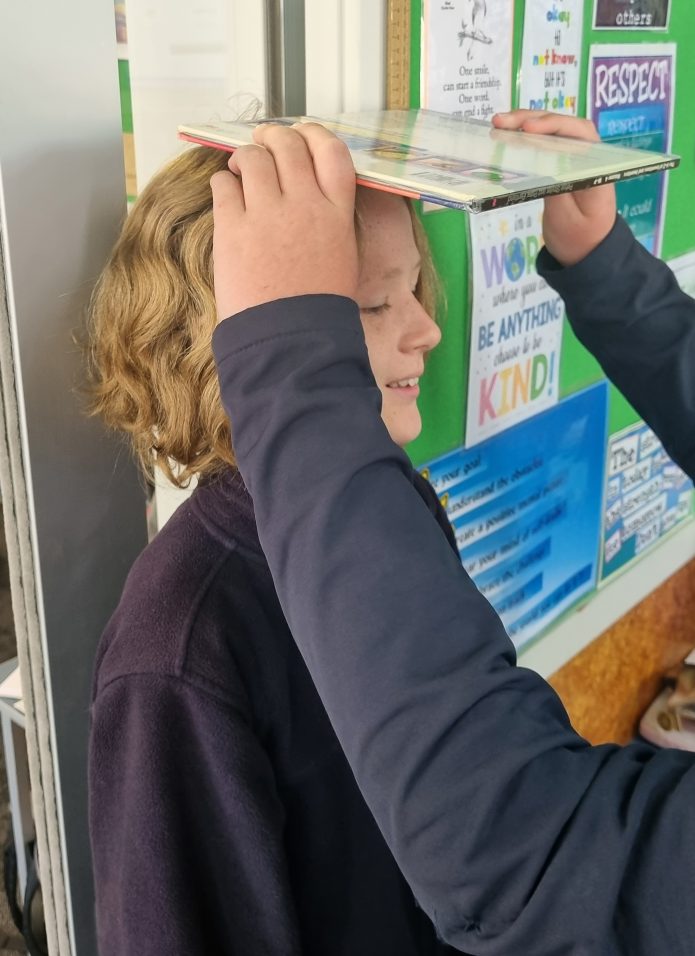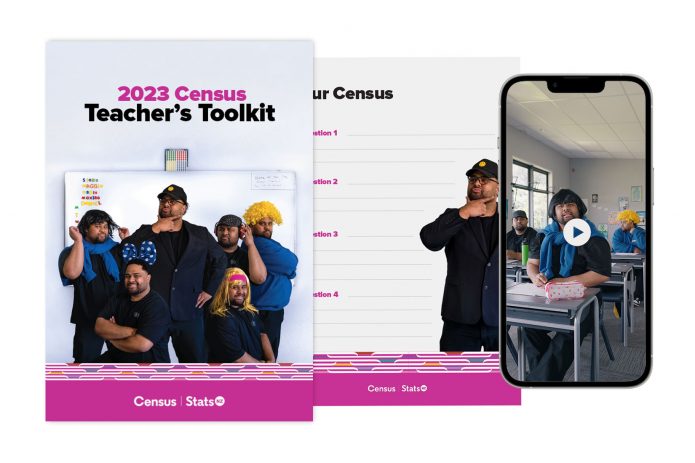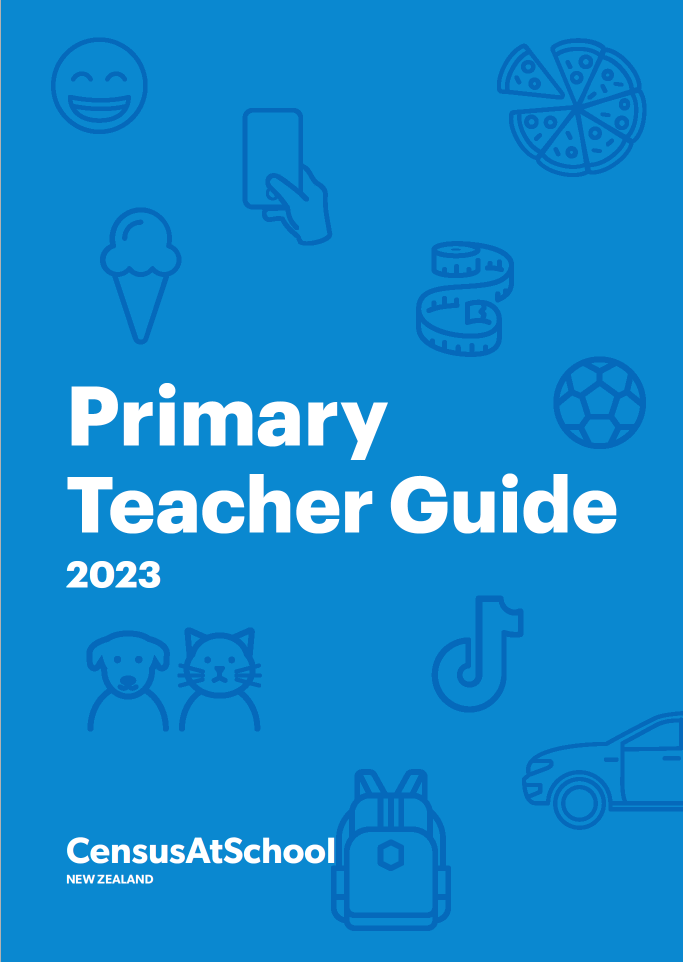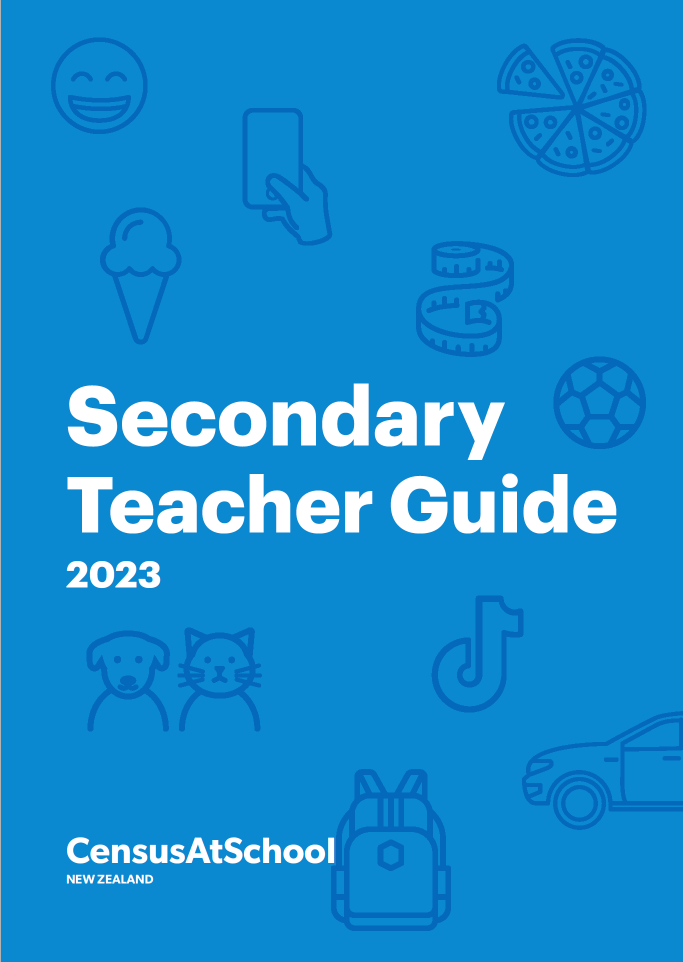Kia ora koutou,
It’s been… a week. What a week…
To all who have been impacted by Cyclone Gabrielle in ways large and small, we acknowledge your grief over the lives lost and the loss of life as it was. It is a lot to bear.
To everyone, thank you for your flexibility with us and taking part in CensusAtSchool with your students. It’s so lovely to hear such positive feedback from you amongst the week’s news – how CensusAtSchool remains such a wonderful experience for your classes and a great way for them to get to know more about each other at the start of the year.
The questionnaire is now live and open all year. We encourage you to take part as soon as possible so that we can launch the nationwide database once we get to about 10,000 responses, but whenever it suits you best is fine.



Thanks to Carmen Kenton of Riccarton High School for sending in these photos of her Year 9 classes taking part.

Thanks to Fiona Bester at Ashgrove School in Rangiora for sharing this photo of her class taking part.

Thank you to Scott Pritchard for sharing this photo of his year 5/6 Korimako classes having fun measuring wrists accurately.
Can’t remember if you have registered or not?
Check by entering your email here. If your email doesn’t come up, register here. It’s never too late to register and take part.
Can’t find your registration code?
Get it again here
Unsure when you can take part?
Any time during school hours from Monday – it doesn’t need to be next week if it’s not convenient. The survey is open all year.
Need help preparing?
Please ensure that you have read the essential Teacher’s Guide. All the equipment needed to take part successfully with your students is included in it.
Want to take part over multiple days?
You can divide the activity into two sessions. Use the first session to take the measurements and fill in your data cards. Use the second session to fill in the survey online. The survey itself needs to be completed in one sitting by a student. However, different students from your class can fill it in on different days, for example if you have limited devices or some students are away.
Have another question?
Reply to this email and we’ll get right back to you! Or you can call Rachel Cunliffe on (027) 383-3746.
Ngā mihi nui,
Rachel, Anne, Pip, and Chris

